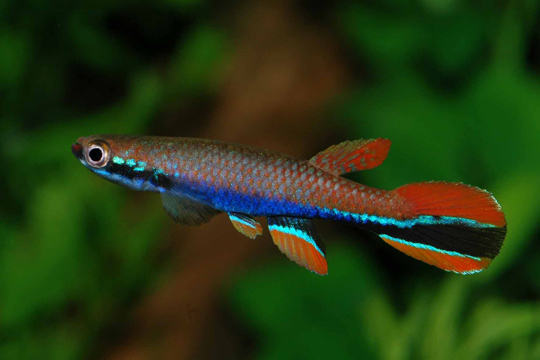A karyotype is the characteristic chromosome complement of a eukaryote species. The preparation and study of karyotypes is part of cytology and, more specifically, cytogenetics.
A full description of a karyotype may include the number, type, shape and banding of the chromosomes, as well as other cytogenetic information. Often there is variation 1. between the two sexes 2. between the germ-line and soma. (between gametes and the rest of the body) 3. between members of a population (chromosome polymorphism) 4. geographical variation between families 5. mosaics or otherwise abnormal individuals.
In normal diplois organisms, autosomal chromosomes are present in two identical copies, though polyploid cells have multiple copies of chromosomes and haploid cells have single copies. The study of whole sets of chromosomes is sometimes known as karyology.

In order to prepare the chromosomes forcytology, and thus view their size and pattern, they are stained with a dye after being arrested in the act of cell division by applying a solution of colchicine.
Source: Wikipedia